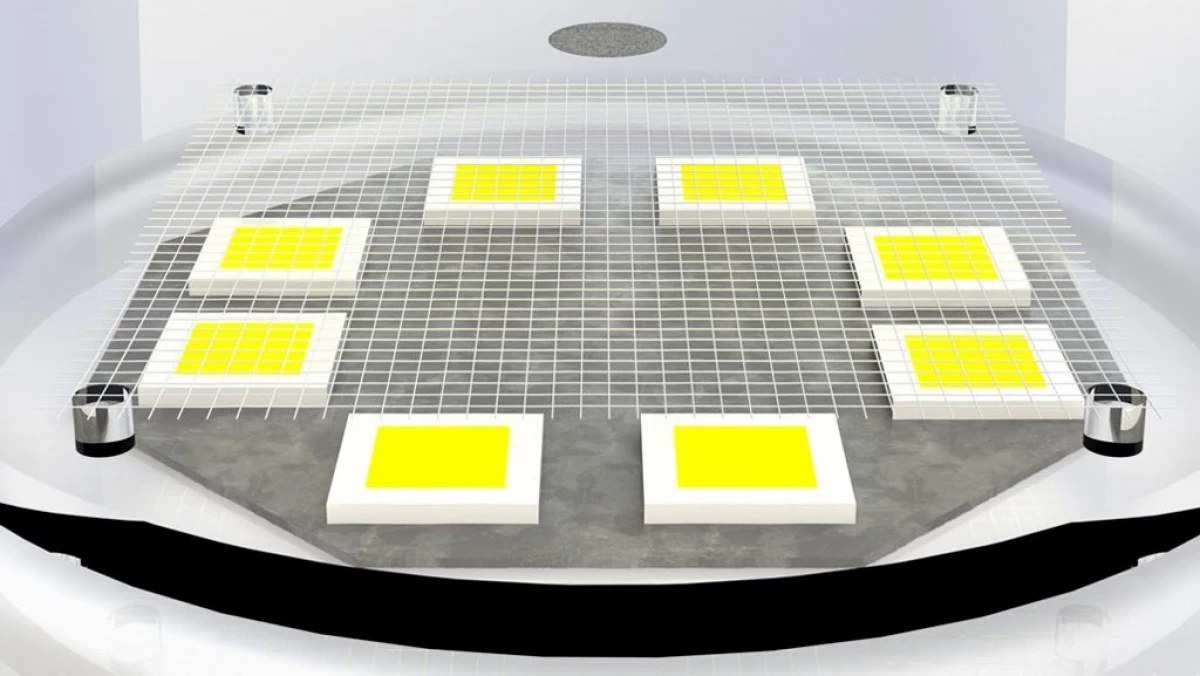
The conditional boundary of the atmosphere and outer space is considered to be a line of pocket with a height of 100 kilometers. Above this level, the air becomes too sparse, and so that the aerodynamic devices are such as aircraft can remain in flight, they will need to develop the speed equal to the first space. This makes aviation at such an altitude almost meaningless.
However, in reality, rarely, which aircraft rise above 10-kilometer heights. And in the mesosphere of the Earth, at the heights of 50-80 kilometers, the air is already so resolved that only specialized aircraft can move there and even balloons are held in flight with difficulty. Use these heights with benefits will allow microdrons of the new design, which the team of Igor Bargatina from Pennsylvania University presented on the pages of Science Advances.
To demonstrate the concept of the concept, the authors used small (six millimeters in diameter) discs cut out of light, transparent polyethylene terephthalate (PET, he is Majlar or Loven). The lower side of the circles was covered with a thin layer of carbon nanotubes. Placed in a vacuum chamber, in which the density of the air at the height of the mesosphere was simulated, such devices could remain in flight due to the energy of the incident radiation - both laser and ordinary solar.
The fact is that carbon nanotubes are remarkably absorbed by the past emitted radiation, noticeably warming up. This causes a local increase in the air temperature under the disk, which, in turn, creates a directional uplift, which holds the miniature disk in the air, as if a flying "carpet-plane" from a fairy tale.
Levitation of microscopic particles due to uneven heating into the light is called photophoresis, and, according to the authors, they first managed to achieve stability of such a flight. Calculations show that such microdons can be for a long time, not spending energy, stay in air at high altitude and carry miniature tools on board.
Source: Naked Science
